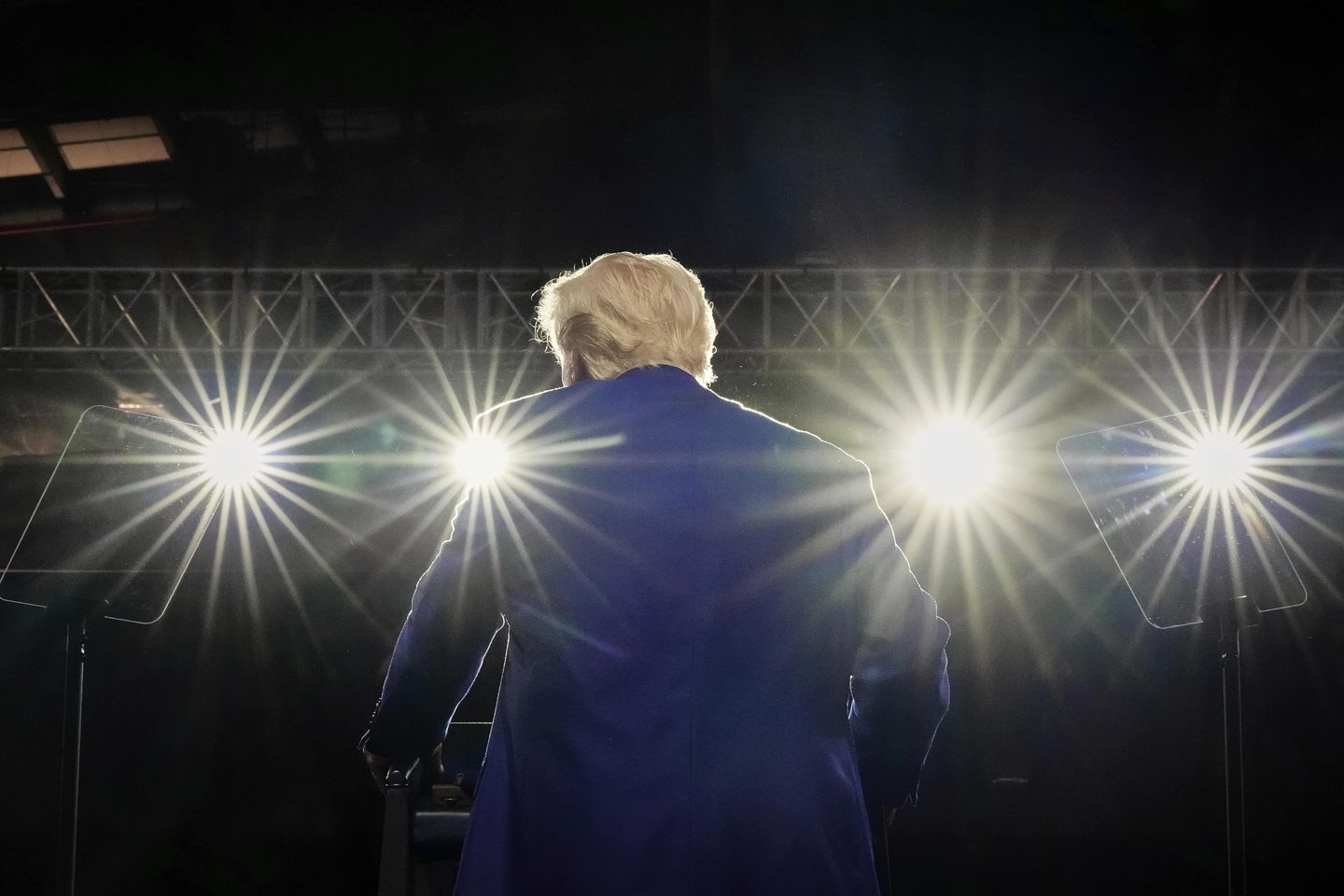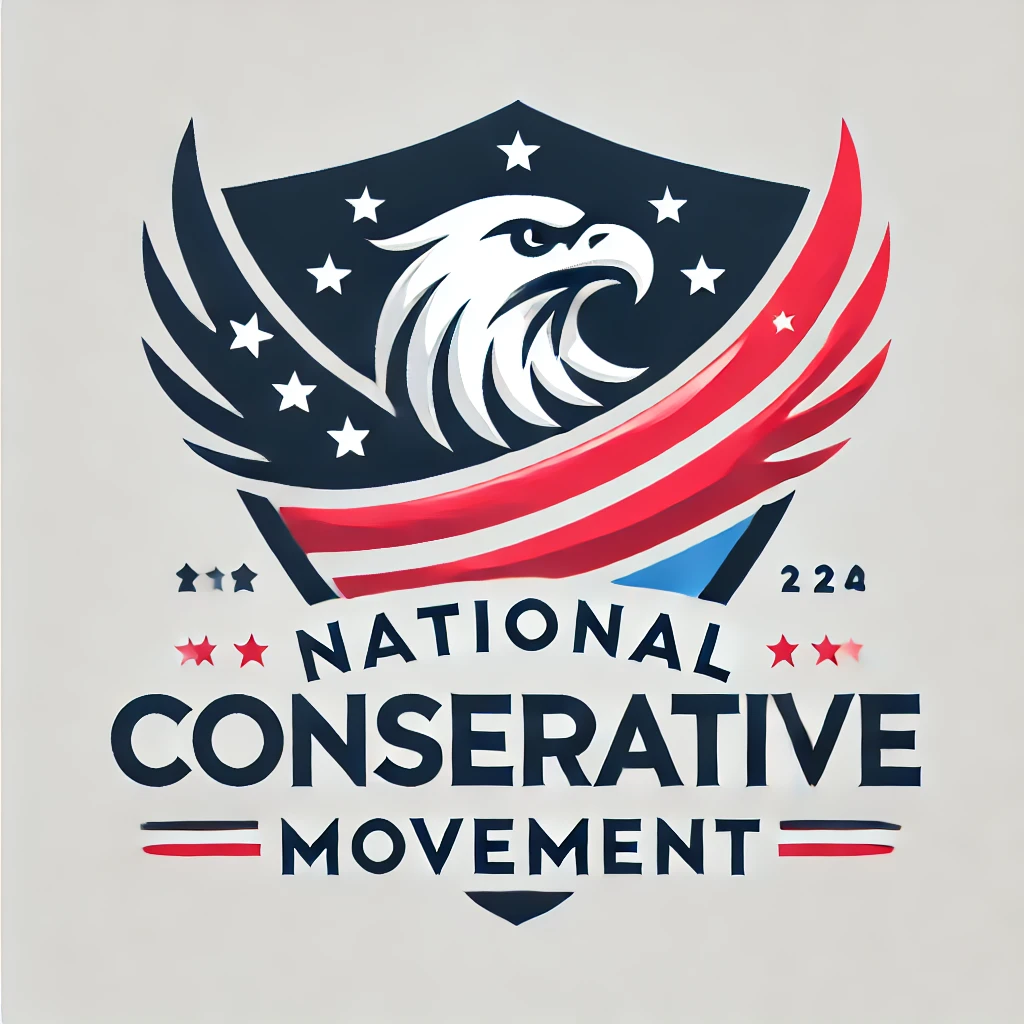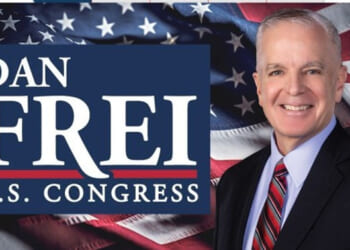
President Trump has set a new top price for immigrant investors seeking to buy their way into the American Dream, dramatically increasing the minimum investment required for EB-5 investor visas while restructuring the program to prioritize American economic interests. Here’s what you need to know about this significant immigration policy change:
The new investment thresholds
Dramatic increases in required investment amounts:
- Minimum investment raised to $2 million from previous $900,000
- Targeted employment area investments increased to $1.5 million
- Rural and high-unemployment area preferences maintained
- Direct investment requirements strengthened over regional centers
- Job creation standards increased to 15 positions per investor
- Investment must remain at risk for minimum five-year period
- Additional fees imposed for program administration
The policy rationale
Administration citing multiple justifications for changes:
- Previous amounts inadequate to demonstrate genuine economic commitment
- Inflation adjustments bringing figures to realistic levels
- Ensuring immigrant investors provide substantial economic benefit
- Reducing fraud and abuse in regional center programs
- Prioritizing American job creation over foreign investment convenience
- Aligning with other countries’ investor immigration requirements
- Generating increased revenue for domestic economic development
The program restructuring
Significant changes beyond investment amounts:
- Regional center authority substantially restricted
- Direct investment in operating businesses prioritized
- Rural area development receiving enhanced incentives
- Manufacturing and infrastructure projects favored
- Technology and innovation sectors receiving special consideration
- Real estate development projects facing additional scrutiny
- Increased oversight and monitoring of approved projects
The international impact
Changes affecting global investor behavior:
- Chinese investors historically dominating program most affected
- Wealthy international families reconsidering U.S. immigration plans
- Alternative destination countries potentially benefiting
- Investment advisory industry adapting to new requirements
- Real estate development projects losing anticipated funding
- Regional economic development programs requiring restructuring
- International marketing of U.S. investment opportunities changing
The economic implications
Policy changes creating varied economic effects:
- Reduced number of investors expected due to higher barriers
- Quality over quantity approach to immigrant investment
- Regional development funding potentially decreasing
- Job creation per investment dollar potentially increasing
- Real estate markets in targeted areas possibly cooling
- Alternative investment vehicles gaining attractiveness
- Economic development strategies requiring adjustment in many regions
The implementation timeline
New rules taking effect with specific schedules:
- Current applications grandfathered under previous requirements
- New investment levels effective immediately for future applications
- Regional center reorganization requiring six-month transition
- Existing investors maintaining previous obligations
- Monitoring and compliance systems being upgraded
- International marketing materials requiring updates
- Legal and advisory services adapting to new framework
The industry response
Immigration investment sector adjusting to changes:
- Immigration attorneys advising clients on timing strategies
- Regional centers restructuring business models
- Investment advisory firms developing new products
- Real estate developers seeking alternative funding sources
- Economic development agencies modifying recruitment approaches
- International marketing firms adapting promotional strategies
- Compliance and monitoring services expanding offerings
What happens next
Several key developments are anticipated:
- Application volume initially decreasing due to higher thresholds
- Industry consolidation as smaller players exit market
- Enhanced scrutiny of remaining applications
- Congressional oversight of program modifications
- International negotiations potentially addressing investment migration
- Economic impact studies measuring policy effectiveness
- Potential future adjustments based on program performance
Read more:
• Trump sets top price for immigrant investors to buy American Dream
This article is written with the assistance of generative artificial intelligence based solely on Washington Times original reporting and wire services. For more information, please read our AI policy or contact Ann Wog, Managing Editor for Digital, at awog@washingtontimes.com
The Washington Times AI Ethics Newsroom Committee can be reached at aispotlight@washingtontimes.com.












